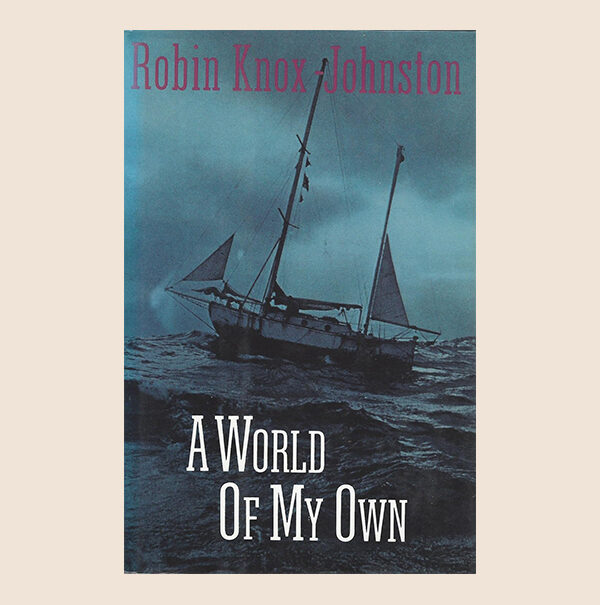Mankind’s fascination with the sea is as old as civilisation itself. The earliest forms of sailing comprised of simple rafts, constructed from planks of wood strapped together and used by the early inhabitants of Australia 50,000 years ago.
While boat structures have changed over the millennia wind and sails were the common thread that remained unchanged until the industrial revolution and invention of the steam engine. The trade routes established and developed by the explorers of the 15, 16th and 17th centuries are those still sailed by the intrepid sailors of the modern era.
![For over a century solo sailors have attempted, and [cursive]successfully[/cursive] sailed around the world. For over a century solo sailors have attempted, and [cursive]successfully[/cursive] sailed around the world.](https://flightaroundtheworld.co.uk/wp-content/uploads/2024/11/History_Slocum-900x788_c.jpg)
For over a century solo sailors have attempted, and successfully successfully sailed around the world.
The first recorded and well documented journal of a circumnavigation is the epic journey undertaken by American Joshua Slocum who set off in 1895 in his gaff rigged sloop “Spray”, and over the course of the following 3 years, using dead reckonings to establish longitude and a cheap clock to take mid-day sun sights for latitude he wound his way around the world. His journey was logged at 46,000 miles and his book ‘Sailing alone around the world’ is a brilliant read for anyone interested in reading what this amazing feat entailed over a century ago.
From Slocum’s journey taking 3 years to the current solo record of 42 days, 16 hours, 40 minutes and 35 seconds held by Frenchman Francois Gabart the history of solo circumnavigation is rich in colourful characters.
Sir Francis Chichester is officially record as being the first person to sail single handed via the 3 great capes of the world; Cape of Good Hope, Cape Leeuwin and the notorious Cape Horn at the southern tip of South America. The journey undertaken in 1967 included one stop and took 9 months. HIs boat , “Gypsy Moth IV” , became world famous and for many years was moored alongside the majestic tea clipper Cutty Sark in London’s Greenwich.
Sir Robin Knox-Johnston onboard his 32ft boat “Suhaili” took up the mantle of solo exploration and in 1969, the year man landed on the moon, became the first person to complete the same journey as Chichester but without making a single stop.
In the intervening years incredible feats have been achieved by the likes of Chay Blyth who sailed non-stop around the world westwards, which poses even greater challenges to Naomi James who in 1977 became the first woman to sail around the world via Cape Horn and Kay Cottee who in 1988 was officially logged as the first woman to sail non-stop around the world using the clipper route.



In the intervening 55 years since Robin Knox-Johnston became the first to complete the circumnavigation solo only 194 (See the “official” register) have completed this epic challenge. British, French, Australian and American sailors are the most recognised.
What do they all have in common?
They grew up with the sea on their doorstep and are all from great maritime nations.
How rare is their achievement?
3 times more people have orbited the earth from space than have sailed solo non-stop around the world.
It remains the pinnacle of human achievement. The skill, courage, resilience and mental fortitude to complete this challenge is possessed only by the bravest few.
Lets make this happen and create history history
Fraser Flight, by completing the Global Solo Challenge Race in 2027 aims to be the 195th sailor to be recorded into the prestigious log of mariners who have completed the circumnavigation and in so doing will be the FIRST from Zimbabwe and the FIRST from a land locked country to complete the ultimate challenge.
To achieve this aim Fraser needs the support of proud Zimbabwean’s worldwide, corporate sponsors who identify with the mission and finally the sailing community at large.

![Lets make this happen and create [cursive]history[/cursive] Lets make this happen and create [cursive]history[/cursive]](https://flightaroundtheworld.co.uk/wp-content/uploads/2024/11/blog_img_2-900x788_c.jpg)